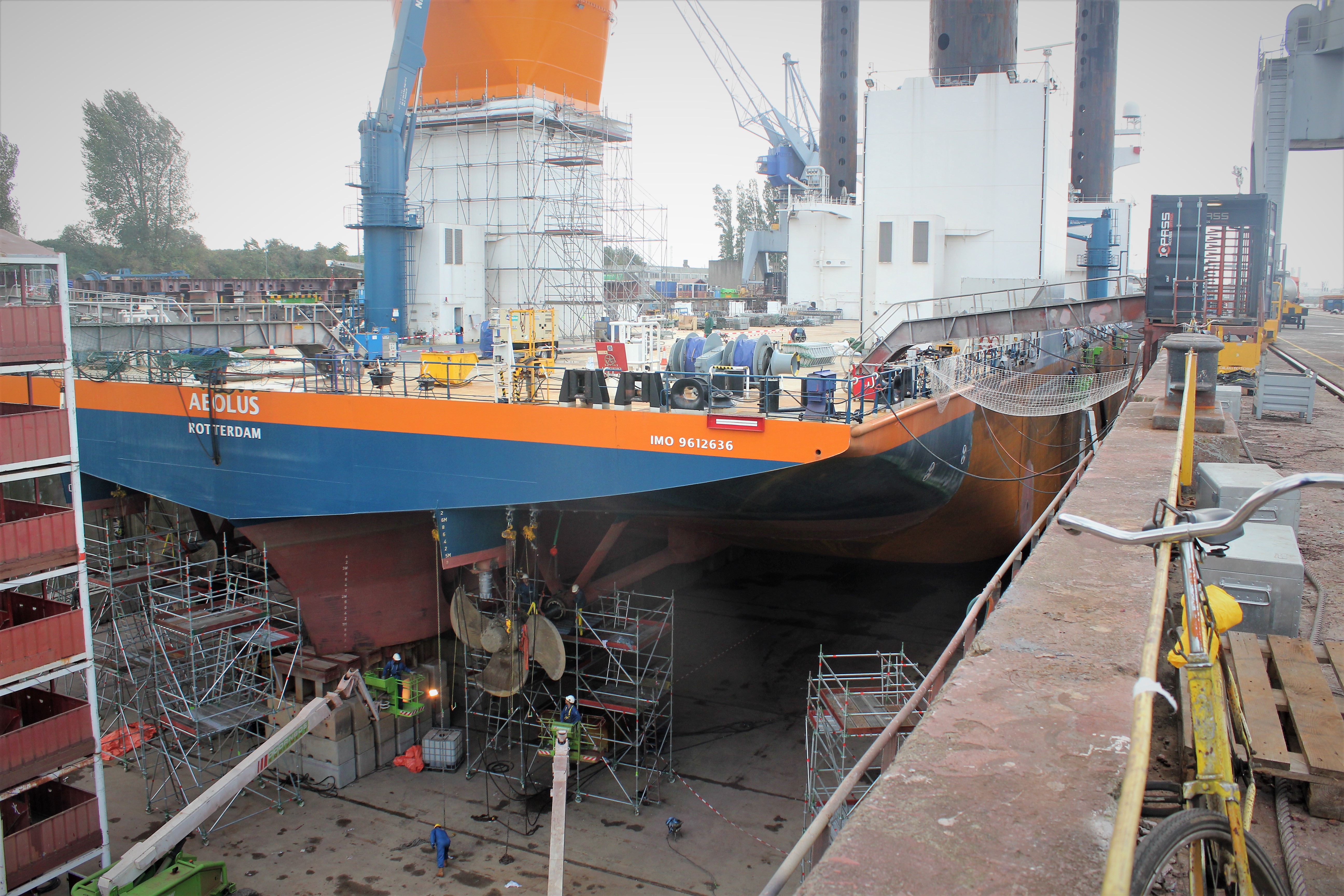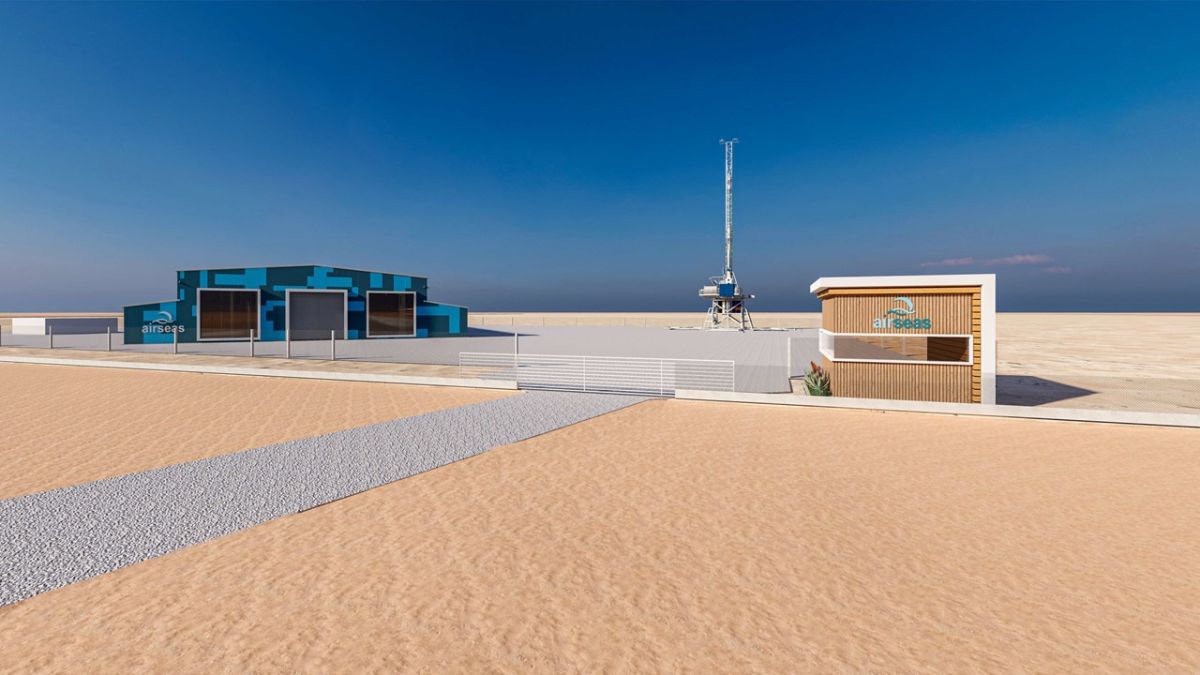Pressure for renewable energy is increasing the demand for dedicated vessels used to carry out installation and maintenance work on offshore wind farms.
According to Timon Ligterink, Sales Manager at Huisman, vessels used for this type of work need greater weight lifting components and the ability to operate at deeper waters. The demand for dedicated offshore installation and maintenance vessels is there because they need to be low in height but have large weight carrying capacities.
Wind turbines are now just constrained to shallow waters anymore, but are being installed at depths of up to 150 metres. This kind of work requires vessels that can both operate at these depths and carry equipment that has maximum lifting and operating abilities.
Ligterink believes that COP21 has led the drive for offshore wind. Joost Heemskerk, Renewable Energy Product Line Director from SBM Offshore says that recent market reports indicate there will be a 50% increase in energy use in 2040 or 2050 compared with today. This gives a rosy outlook for offshore wind as a large proportion of this will need to come from renewables if we are to meet the Paris Agreement target of a rise in temperature by no more than 2 degrees Celsius. Heemskerk estimates an average of 20% increase of capacity from offshore wind by this time.
Prices are plummeting in this area too. Growth is beyond what people had imaged in the offshore wind sector. Equipment used to service wind turbines, such as jack-ups, are now already too small for the power possibilities that wind farms promise. 
Van Oord’s offshore support vessel, Aeolus, is one example of an offshore installation vessel that is undergoing capacity increase work to enable it to meet the demands from the offshore wind sector.
This includes an upgraded crane to allow it to increase its weight lifting capability, and extension of its legs to enable it to operate at deeper waters than previously.
It is residing at the Damen Shiprepair yard in Rotterdam since September this year.
Another wind farm project off the coast of Marseille is progressing well. EDF and SBM Offshore expect work to commence in 2020.
According to Joost Heemskerk of SBM Offshore, the wind turbines will need specialised vessels with sophisticated but lightweight cranes that are able to carry out both installation and maintenance work of the turbines.

For instance, foldable offshore cranes, small dedicated jack-up vessels with large booms, and vessels with extensive noise mitigation technologies are entering the market as a result of the demand for vessels that specialise in offshore wind operations. Boundaries are being pushed increasingly hard because of this.
Ligterink says that technology used on these ships isn’t necessarily new, but it is now being deployed onboard ships to service offshore wind farms.
Images: Top right – offshore wind turbine, courtesy of SBM Offshore; upper middle left – Joost Heemskerk, Renewable Energy Product Line Director from SBM Offshore; lower middle left & bottom right- Aeolus at Damen Shiprepair yard
Fathom-News
editor@fathom-mi.com


































